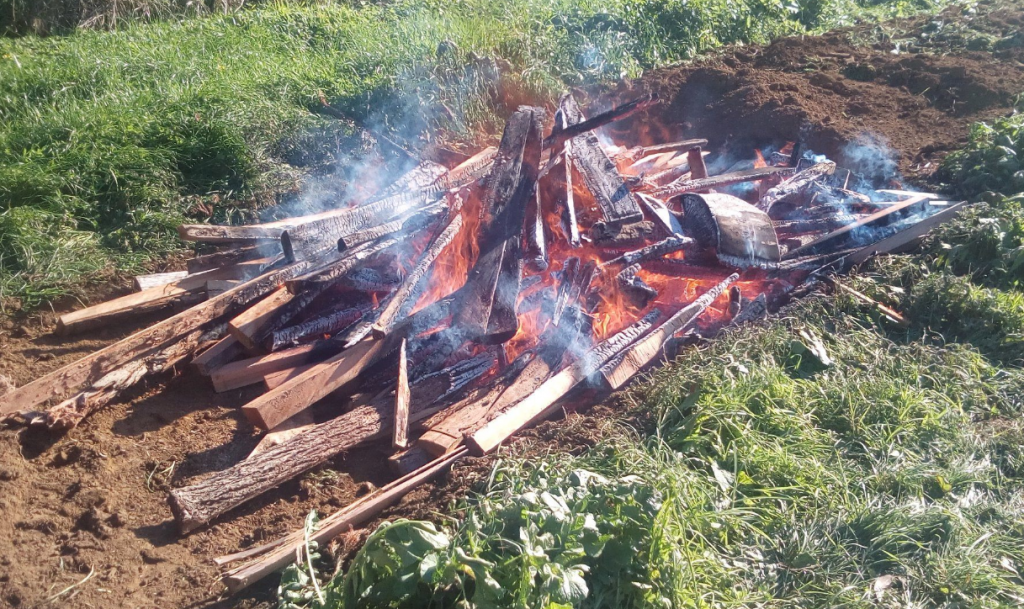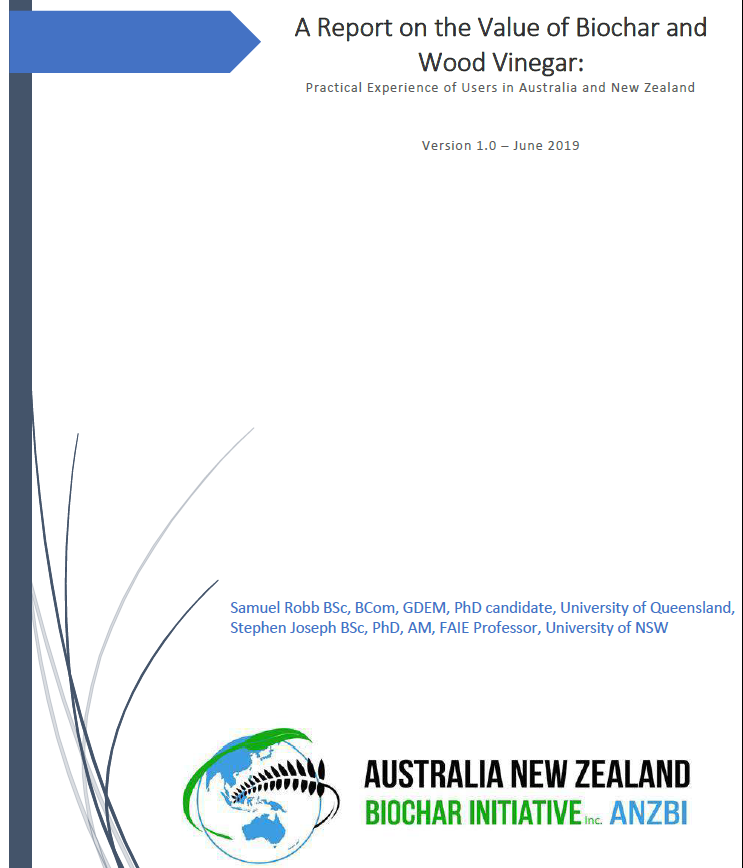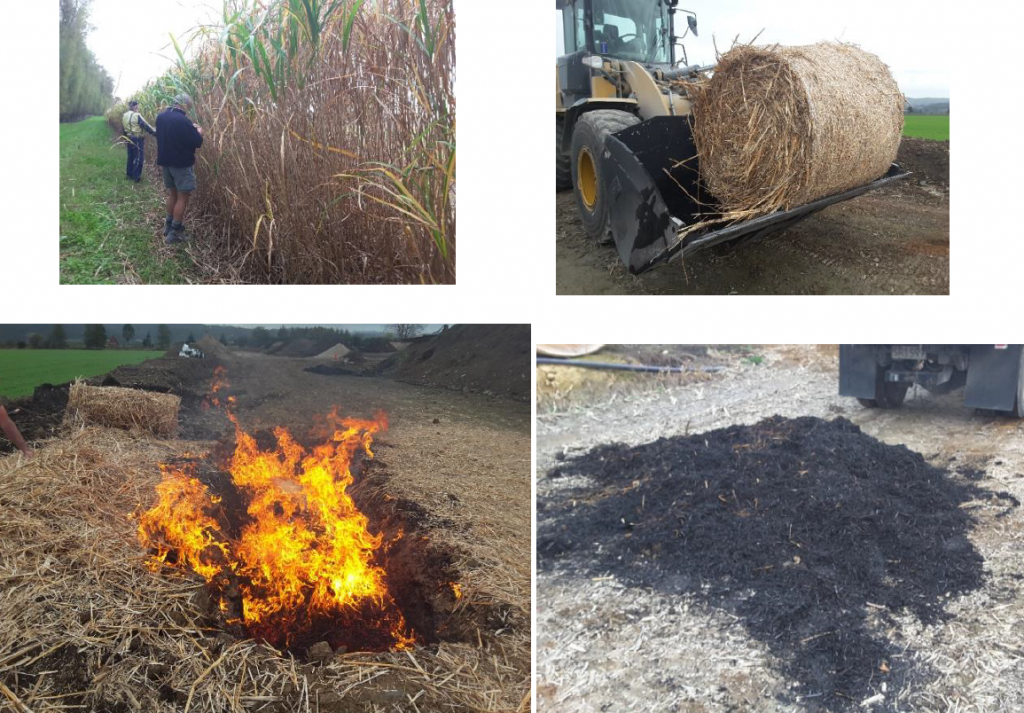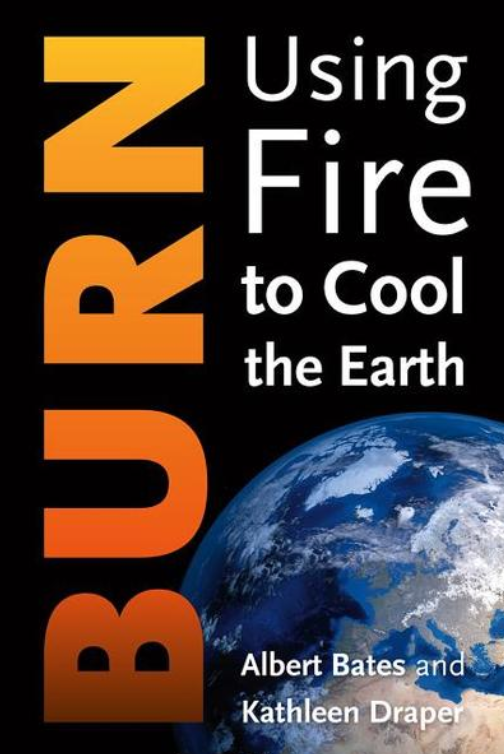Linked here is the first of two articles in this month’s edition of NZ Lifestyle Block magazine, featuring the work of BNNZ committee members. I suggest supporting the magazine by buying yourself a hard copy.
It is easy to make a submission… give it a try (but before 16July) and you can check out the submissions submitted so far….
Biochar from sawmill waste
We have a small woodlot of eucalyptus, black walnut and Australian Blackwood. The trees have not been pruned or thinned recently and there were five large (20m) pine trees overshadowing some areas. Storms and natural die off as well as the lack of thinning meant that there has and is plenty of timber to take out and find a use for.
Sick of cutting it all up for fire wood, we bought a small portable sawmill in late 2018. One unanticipated outcome of this was the large volume of ‘waste’ wood that milling creates. Some trees have such poor form that yield is only 20% of the log in milled timber. The rest is long thin strips, often too thin to bother cutting for firewood and too much work to run through a chipper for mulch.
So what to do with this timber? How about biochar?
A flame cap pit burn has been the method of choice because it allows
long lengths to be used and holes are cheap. We can also dig a shallow
pit relatively easily with the blade on the tractor making it the length
of the scrap timber so I don’t have to cut anything to length.

We find a spot close, but not too close, to the scrap timber pile. Ideally the timber has dried for a few months but only the early part of the burn needs to be really dry. You need to be away from hedges and other potential fire risks.
We do all of our burns in winter,
which makes for much more pleasant working conditions and reduces the
fire risk. The ideal day would have little or no wind and of there was
wind it would be away from close neighbours and the road. Local roads
have been closed several times in the last few years by smoke from
bonfires close to the road (not by me, though!)
Make sure you have a
large volume of fire fighting water. We have a 40mm hose nearby that
can put out just about anything. We have also used IBC containers of
water to quench in the past if we are out of hose reach. It is too late
to organise this at the end or if there are problems. Do it in the
beginning.
A small fire lit in the bottom of the pit with dry timber gets thing going. Then slowly add larger dry pieces. Once it is well alight you can add larger and wetter timber, but freshly cut timber, being soaking wet, will make for a smoky, difficult burn so is not suitable in any volume. Very large pieces will not always fully burn down to embers so may need to be taken out at the end and added to the next burn. Do not use timber with nails, paint or chemically treated. You will likely end up with contaminated biochar.
Each time you
see ash forming on the embers, add more parallel pieces of timber. The
pit will soon be full of embers. When you run out of timber, time or
enthusiasm, completely fill the pit with water. Any reasonable pile of
embers not completely doused can have enough energy to dry the pile and
restart the fire, so do a good job of this.
The next day you can
shovel out the charcoal from the pit, unless you didn’t put it out
properly in which case you will just have ash! It may still be quite
warm so another go with the hose won’t hurt.
Depending on the size of the pit, you may have a cubic meter of charcoal at this point.

| Thanks Cam (Ed) |
Biochar is an effective negative emissions technology: so what are we waiting for?
Peter Winsley has a long association with biochar, dating back to before the establishment of NZBRC in 2007. You may find here, his frequently referenced 2007 ‘Biochar and bio-energy production for climate change mitigation‘.
His new article linked above is timely, given current NZ policy focus on climate change, zero carbon bill and discussion on methane. Please share widely.
A new report Co/ our friends at ANZBI which includes some NZ content. Click on the cover image below to download from ANZBI website…

Summary
Biochar and wood vinegar are emerging technologies with numerous applications in agriculture and environmental remediation. Advocates and early adopters of these products are well versed in their positive attributes. Biochar, for example, has been shown generally to increase crop yields in tropical latitudes, remediate soil, reduce soil greenhouse gas emissions and sequester carbon amongst many other observed benefits.
Yet it is arguably the case that not enough focus has been given in financial feasibility studies to the benefits observed by users of biochar beyond its use as a soil amendment. Existing studies in high income countries tend to focus on soil amendments in low value cereal crops, and with the exception of Joseph, et al., they overlook biochar’s use as an animal feed, for soil remediation and for water use efficiency.
This report begins to address this knowledge gap by providing an account of how biochar and wood vinegar users are accruing benefits or disbenefits in their farming operations. In March and April of 2019, the Australian New Zealand Biochar Initiative (ANZBI) surveyed sixteen current users of biochar and six users of Wood Vinegar. The survey found that:
• The use of biochar as animal feed is an important emerging market in Australia. Those who feed biochar to cattle do so on a daily basis for the purpose of improved cattle health, improved cattle weight gain, methane emissions reduction and reduced feed cost.
• Biochar is being used as a soil amendment to improve the crop yields and the produce quality of higher value crops (fruits, vegetables, nuts, horticulture), but the business case remains challenging for broadacre cereal crops. These users were found frequently to produce their own biochar and to apply it on a monthly or annual basis.
• Adding small amounts of biochar and minerals to chemical fertilisers (as has now been commercialised in China) has the potential to increase yield, profitability and quality of vegetables and grains.
• Wood vinegar is being used to increase rates of seed germination, reduce fungal diseases and to improve both plant health and crop quality. Users of this product were frequently fruit and nut farmers.
Furthermore, the report includes in-depth case studies including biochar’s use in a golf course, for use in an avocado orchard, for use as an animal feed and for use in a potato farming operation. These in-depth case studies exhibit circumstances under which biochar not only breaks even for the user, but is lucrative.
A review of the biochar literature examines emerging products and innovations. It highlights the importance of practices such as banded application for improved user value and the high performance of biochar fertilisers. It further remarks on the discrepancy between the literature and the commercial reality.

TR: baled miscanthus, Co/ MiscanthusNZ
BL: flame-cap trench production
BR: miscanthus biochar
Report Co/ Dennis Enright, BNNZ chair
“A plot of mature miscanthus growing at the FAR research centre at Tamahere was offered to BNNZ members to use for a biochar production demonstration and biochar yield assessment.
Miles Pope, Simon Day and Dennis Enright for BNNZ and Peter Brown of MiscanthusNZ met on site on May 21st . We intended harvesting some miscanthus and taking it back to Miles’ yard at Pukekohe to pyrolyse in an open trench as we see this could be an approach that farmers might use.
However we found that the miscanthus still had a high moisture content with tops that were still green, which made it unsuitable for trench flame-cap pyrolysis. It is likely to be August before it is sufficiently dry to pyrolyse, so we will not be using it for demonstration purposes.
Peter had already offered us some bales of dry miscanthus (harvested more than a year ago) so we collected two big circular bales weighing 220 kg and 240 kg with a total estimated volume of 3 cubic metres.
Miles dug a trench with his digger, having dimensions about 0.9 m wide, 0.6 m deep and 4 m long. We then began a fire in the bottom of the trench, and over about 1.5 hours we fed all the miscanthus into the trench. The miscanthus readily pyrolysed and was quenched with water at the conclusion. We produced approximately 1.5 m3 of biochar.”
BNNZ are now hoping that the deferred production of biochar from the FAR block will be progressed after August and that this may lead to crop field trials.
Biochar Network New Zealand (BNNZ) is delighted to hear the government announce in their budget further funding to assist farmers to respond to the impacts of global warming. Continuing with their commitment to moving towards a low carbon economy, providing additional funding to more sustainable land management will be of great benefit to farmers while also enhancing our international trading relationships and local environment.
BNNZ see biochar as one of the tools that can contribute to more sustainable land management. It provides multiple benefits to soil, while increasing fertiliser efficiency and nutrient retention, so reducing the quantity of fertiliser needed as well as reducing losses into waterways and other sensitive ecosystems.
The October 2018 IPCC special report highlighted Biochar (pyrolysis carbon capture and sequestration) as a key negative emissions technology to remove carbon dioxide from the atmosphere. The IPCC notes that even massive reductions in carbon emissions will be inadequate to achieve carbon neutrality by 2050. It notes that there is additional need for large-scale atmospheric carbon dioxide removal to prevent overshooting the 1.5°C temperature threshold. While increased forestry plantings will help, forestry carbon sequestration has land availability limits. Biochar technology is New Zealand’s biggest single technological opportunity to sequester carbon in soils for the long term while also achieving other productivity and environmental benefits.
Now is the time for NZ government policy to include biochar in Zero Carbon legislation, as well as to provide support for programs that assist large scale production and use of biochar in mainstream farming practice.
For further information email info@bnnz.org.nz
http://www.scoop.co.nz/stories/BU1906/S00003/bnnz-government-budget-response.htm
Celebrate with biochar events in Pukekohe and Bombay on 27 and 28 April


The new book by Albert Bates and Kathleen Draper has been getting rave reviews from inside and outside the international biochar community. I tried to buy online but the shipping costs more than double the price. I’ve been in touch with Kathleen and the book editor. It seems they are planning a print run in Australia in paper-back. I’ve told them that I will try to gather a bulk order for NZ to reduce the price. This could also end up being under the wing of BNNZ but this is still to be agreed.
Send me an email if you are interested in getting a copy via this route: trevor(at)soilcarbon.org.nz
This video is available from the Royal Society of NZ website. I provided notice of this on the ABE FB page back on 9 March 2018, as I was aware that Annette Cowie was a speaker and she has been very active in biochar research in Australia. Annette manages to squeeze in comments on biochar about 3 times (19min, 34min, 57min) but the the talk is well worth a watch, despite the many missed opportunities to discuss biochar in more depth.
Note that NZGRC were co-sponsor for the event. I’ve been critical about their (apparent lack of) interest in biochar. We need to keep waving a black flag but it seems no one is seeing it. We need to be standing on higher ground… which could be better (any!) coverage by NZ media and journalism. My hope lies in BNNZ attracting more resources and folk with time and energy.
